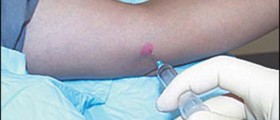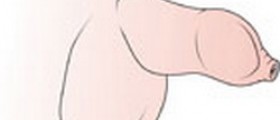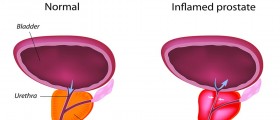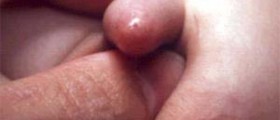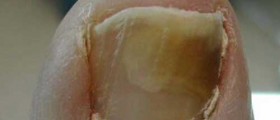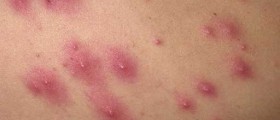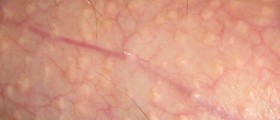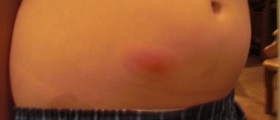My penis head is very sensitive and I've just been able to retract soft but there's a lot of smegma on the head and when i take a bit off under that my head is purple and this is painful
Loading...
That's the way it is. That's normal. Wash it off with plain water and keep touching it. The more you touch it the less sensitive it will become.
Loading...
Hi LewHan
I found some information about the foreskin and hopefully it will help you but please remember a visit to your doctor is always a good option if the problem justifies it.
The penis is attached to a sheath of skin called the foreskin.
Some boys may develop foreskin problems, such as an infection. Many of these issues either go away on their own or with the help of prescription medicine. Proper foreskin care is the best way to prevent many of these issues.
Other foreskin problems, such as an accidental injury or a condition, are more serious. These types of issues need treatment right away.
Adhesions and smegma
As a boy gets older, the foreskin naturally separates from the head of the penis (glans). As this happens:
• parts of the foreskin may remain attached (adhesions). This is normal and does not need any treatment. The foreskin eventually fully separates by the time a boy reaches puberty. Until then, there may be temporary soreness or pain while urinating, but this usually goes away after a day or two.
• the foreskin naturally sheds, leaving small white or yellow clumps behind. These clumps are called smegma and may look like pus. The smegma eventually goes away on its own. There is no need for treatment.
Minor inflammation
At times, the tip of the foreskin may become red and sore. This is common, especially in babies, due to:
• wet or dirty diapers
• retracting (pulling back) foreskin before it is ready
• residue from soap.
Treating minor inflammation
If your son develops inflammation on the foreskin, apply 1% hydrocortisone cream to the affected area. It should heal within 7 to 10 days.
Balanitis
More severe inflammation can happen around the tip of the foreskin, causing redness and swelling. This is due to an infection called balanitis and is often caused by poor hygiene. However, proper foreskin care can prevent it.
Treating balanitis
If the balanatis is mild, apply 1% hydrocortisone cream. If it is severe or keeps coming back, circumcision may be an option once the redness and swelling go away. Talk to your child’s doctor to learn more.
If a baby gets balanitis, it is usually because of a yeast infection. Use topical anti-yeast cream on the affected area, such as nystatin (Nilstat® or Mycostatin®), clotrimazole (Canesten® or Lotrimin®), or miconazole (Monistat® or Micatin®).
Bacterial infection
If there is a cut or sore on the foreskin, bacteria can easily invade. The usual type of bacteria, streptococci or staphylococci, can quickly multiply and spread along the entire foreskin. This can cause a bacterial infection called balanoposthitis (say bal-an-op-os-thi-tis). The penis and foreskin swell, become red, and feel painful and very sensitive to the touch.
Treating bacterial infection in the foreskin
If you or your son thinks he may have developed a bacterial infection, talk to your doctor about treatment. In most cases, bacterial infection inside the foreskin or penis can be treated using:
• oral antibiotics such as cephalexin (Keflex®)
• topical antibiotics (antibiotic creams for the skin) such as polymyxin B, bacitracin or mupirocin.
Your doctor may prescribe your son oral and topical antibiotics together.
In adolescents, other germs or conditions may cause an infection. If your teen develops an infection or inflammation on his penis or foreskin, he should see the doctor.
To ease pain or discomfort, your son can:
• sit in a warm bath with added baking soda or bath salts (but no bubble bath or perfumed soaps)
• take pain medicine if needed such as ibuprofen (Advil® or Motrin®) or acetaminophen (Tylenol® or Tempra®).
Loading...





